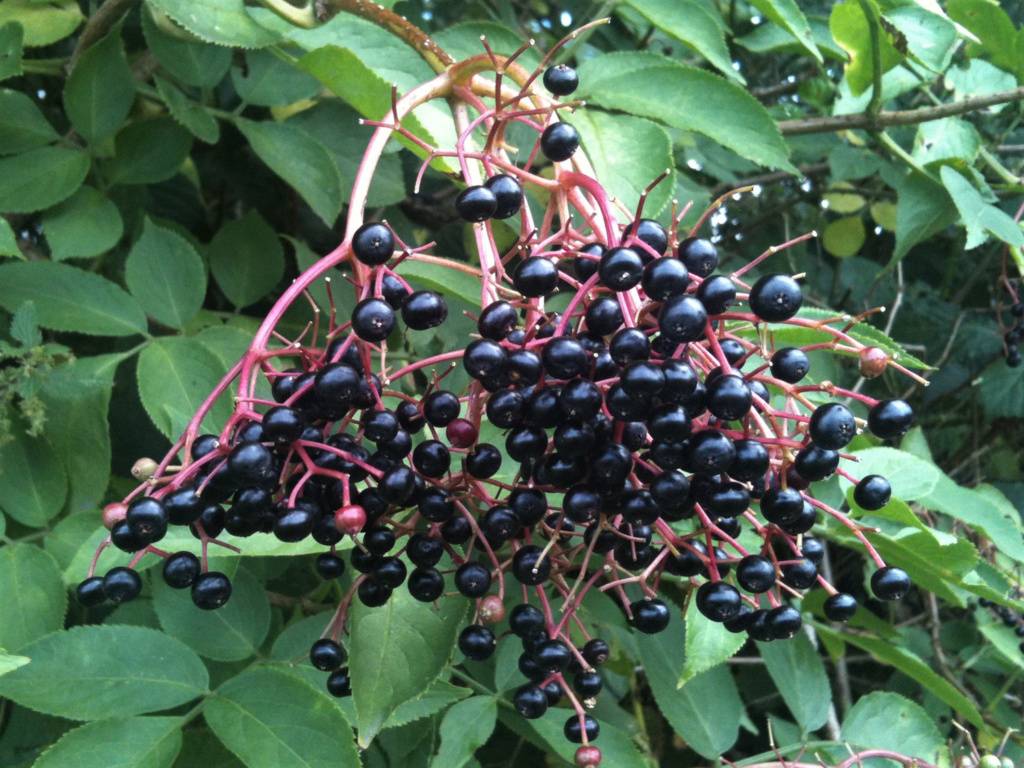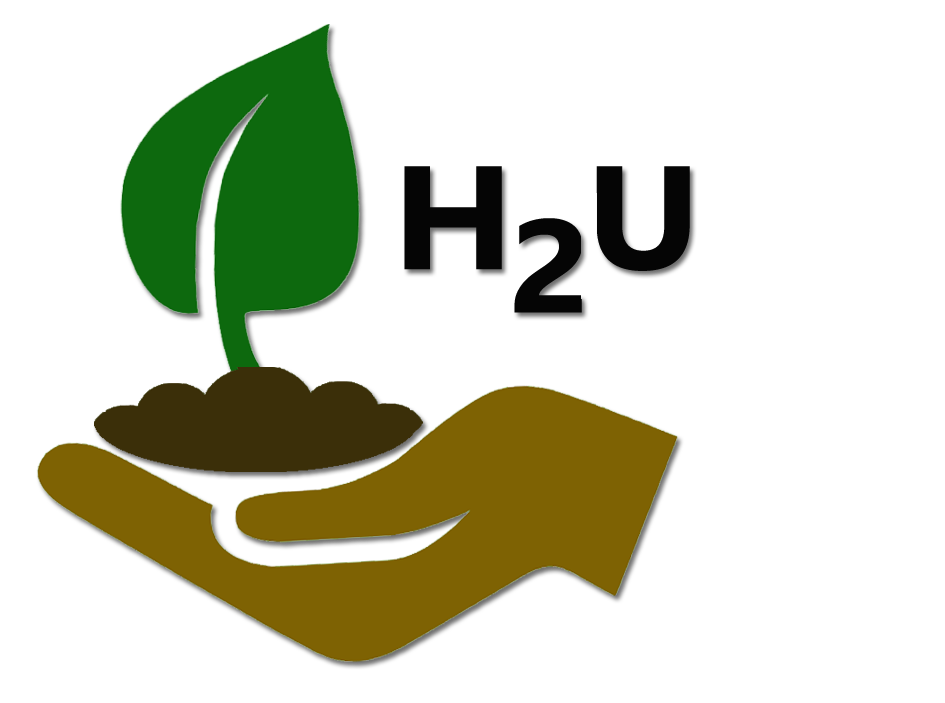You may store Elderberry cuttings in the refrigerator between 30-42 degrees to keep dormant until planting. If you store them, keep an eye on moisture. If you see moisture building up in the bag, open it up and allow a little air in and use a paper towel to absorb the excess, then reseal. You don’t want moldy sticks! We include some peat moss which should help manage moisture.
When to plant
Once your planting site is clear from hard freezing temperatures, plan to get them into the ground. They like full sun and moisture but not an area where water sits throughout the year. If the land is marshy, we do see farmers have success with bedding up the rows, so their bases are not sitting in water. It is very important to keep your first-year plants free from weeds growing around the base.
Starting indoors
Cuttings may also be started indoors or in your greenhouse before planting outdoors. They can be potted in 3- or 4-inch nursery pots (better yet tree pots, but those can be hard to find) and kept in a sunny location until you are ready to plant outside. Keep the soil moist and keep them from freezing. Although they can withstand a freeze, it's best to keep small plants protected until after the risk of freezing has passed.
Traditional style small-scale planting instructions
Typically, cuttings are planted in a line or row spaced 2-4 ft apart, with intentions to let them eventually grow into a mature hedgerow. As early as possible, or preferably the fall before, prepare a planting spot by removing vegetation then adding compost, peat moss, or leaf mold. Loosen and break up the soil 1 ft in diameter around where you intend to plant. Lay cardboard down in a 4x4 ft area around where the plant is going and cover it with mulch such as wood chips, commercial non-dyed mulch, compost, or leaf mold. Press the pointed end of the cutting into the loosened center soil roughly 3-4 inches, making sure the lower nodes on the cutting are buried at least 2-3 inches and covered with soil (leaving the upper nodes exposed above ground). From those lower nodes, roots will develop and push out and downwards. Also, from those buried nodes, leaves may develop and push upward. Keep the area weed-free and keep it relatively damp until established.
Fertilization
You may add small amounts of nutrients, compost, fertilizer, etc… as they grow into the summer and following years, typically the plants can tolerate more the larger they get! The best practice is to remove flowers in the first year to stimulate root growth. (Tough to do because you sacrifice the berries!)
Ongoing management
Also, after the first year’s growth, once the plant is dormant and has lost all its leaves in the winter, cut your bushes back to just above the second set of nodes up from the ground which typically leaves the plant 1 ft tall. Also, after the first year, we turn those X’s we made into larger 1-2 ft circles in the fabric around the plant, then mulch those circles in. Most of your 2nd-year growth will come up right from the base of the original cuttings, that’s why it's a good idea to open it up. After the second year, we completely remove the fabric and mulch in our entire 4 ft wide row. At this point, runners will have pushed and be ready to emerge all over the row. After the second year, we cut the bush down to the ground which will stimulate new growth emergence - although as the elderberry world grows and new research is done, stay tuned on new management techniques!
Survival rate
Typically, 80% of cuttings can be expected to survive; some less, some more with care. Enjoy your bushes, they are fun to grow!

